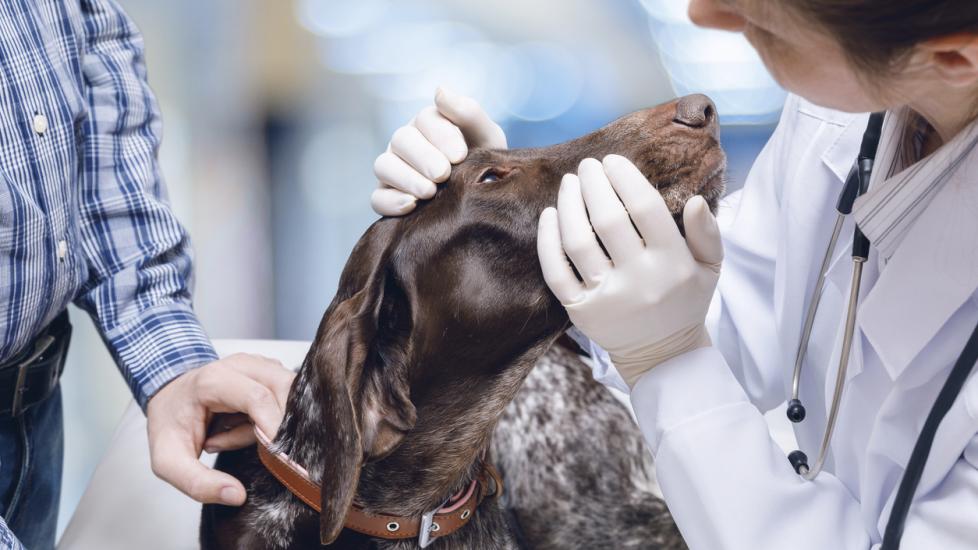Title: Understanding Nasal Polyps in Dogs and How to Manage Them Effectively
Introduction:
As a pet owner, it’s heartbreaking when your beloved dog suffers from any health issue. One such condition that can be particularly concerning is nasal polyps in dogs. These growths within the nasal passages can lead to breathing difficulties, chronic sneezing, and other uncomfortable symptoms for our furry friends. It’s crucial to understand what causes these polyps, how they affect our pets, and most importantly, how we can manage them effectively to ensure our dogs live happy and healthy lives.
Causes of Nasal Polyps in Dogs:
The exact cause of nasal polyps remains somewhat of a mystery, but there are several factors that may contribute to their development. Chronic inflammation due to allergies or infections seems to play a significant role. Additionally, some breeds like Bulldogs and Pugs, with their brachycephalic (flat-faced) anatomy, are more prone to developing respiratory issues, including nasal polyps. Other possible triggers include inhaled irritants, immune system disorders, and even trauma to the nose.
Symptoms of Nasal Polyps in Dogs:
Dogs with nasal polyps often display a range of telltale signs. They might have difficulty breathing through their noses, leading to loud snoring or gasping sounds. You might notice frequent sneezing fits, which can be distressing both for you and your pup. Another common symptom is a runny or bloody discharge from the nostrils. If left untreated, severe cases could potentially progress to sinusitis or other complications.
Diagnosis and Treatment Options:
To diagnose nasal polyps, your veterinarian will likely perform a thorough physical exam followed by imaging tests such as X-rays or CT scans to get a clear view inside your dog’s nasal cavity. Once confirmed, treatment options vary depending on the size and location of the polyps. In some instances, medications like corticosteroids or antibiotics might help reduce inflammation and infection. For larger polyps, surgery might be necessary to remove them completely. Postoperative care is critical to ensure your dog heals well and avoids potential complications.
Prevention Strategies:
While preventing nasal polyps entirely isn’t always guaranteed, there are steps you can take to minimize their occurrence or severity. Regular check-ups with your vet can catch early signs before they become worse. Controlling environmental allergens at home, such as dust mites or pollen, can also help keep inflammation under control. Providing plenty of fresh air and avoiding smoke exposure are additional preventive measures. Finally, maintaining a balanced diet and regular exercise can support your dog’s overall health, contributing to a stronger immune system.
Conclusion:
Nasal polyps in dogs can be challenging to deal with, but with proper management and veterinary intervention, many affected pups go on to enjoy good quality lives. As responsible pet owners, it’s up to us to recognize the signs, seek professional advice promptly, and provide the best possible care for our four-legged companions. By staying informed about conditions like this one, we empower ourselves to make wise decisions that safeguard the welfare of our loyal canine friends.
